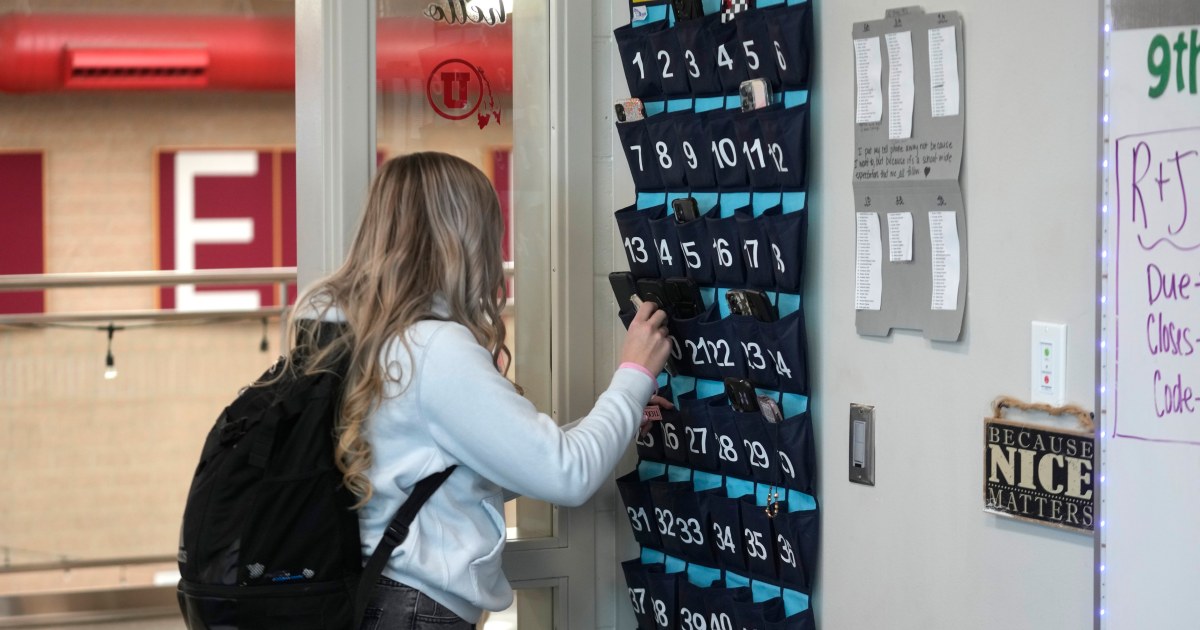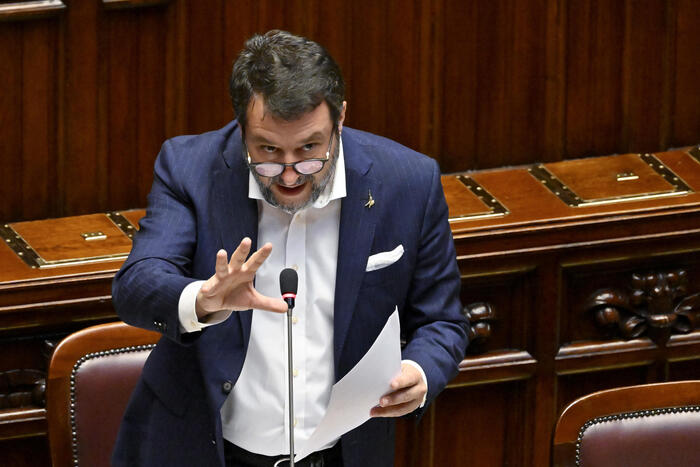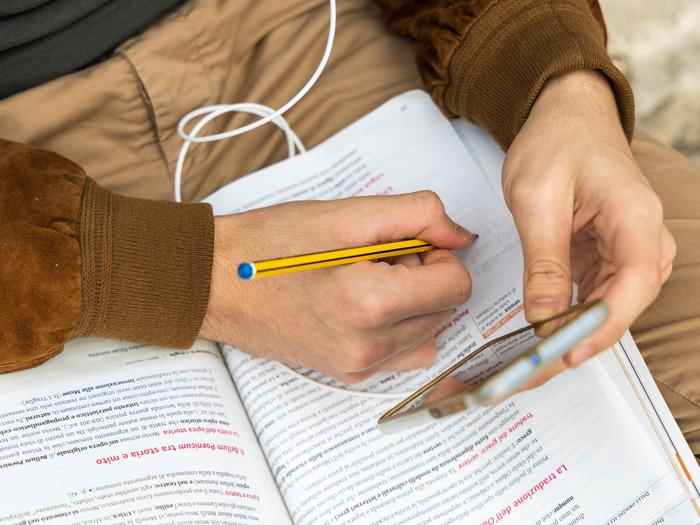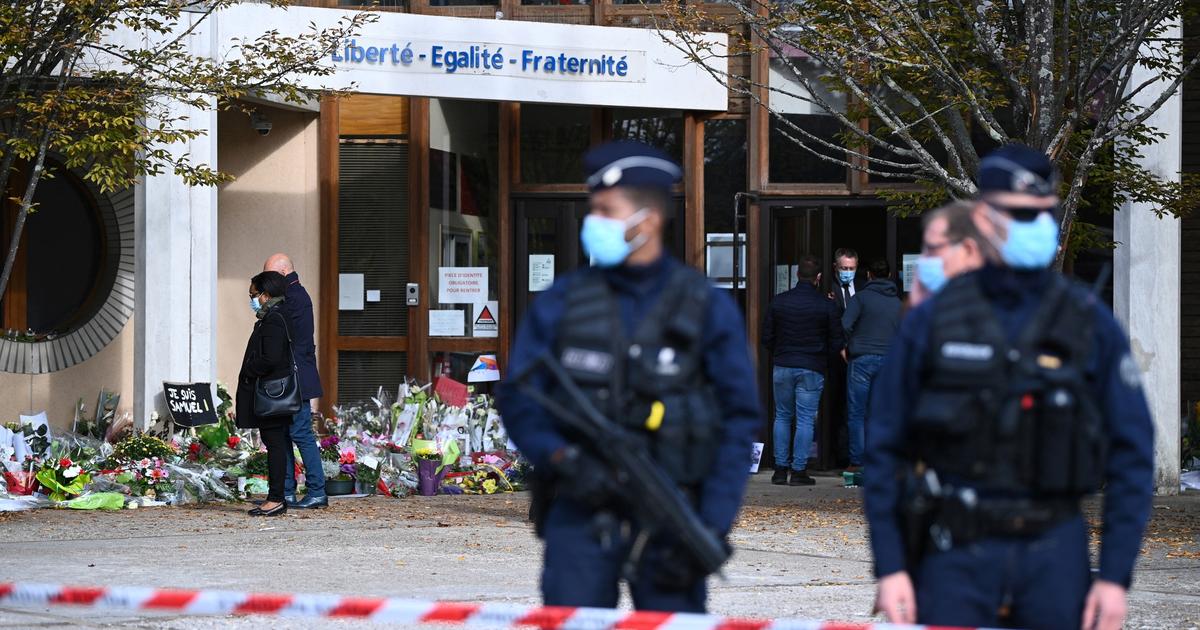Adriana santagati
01/15/2021 17:41
Clarín.com
Society
Updated 01/15/2021 5:41 PM
After the meeting this Friday at the Ministry of Education of the City, in which the authorities ratified the start of classes on February 17, the union secretary of Ctera, Alejandra Bonato, assured that "the level of circulation within a school is so high that it could be compared to a clandestine party ”.
The
high risk of contagion
is the main argument of the educational unions to resist being present.
But an international report prepared by Unicef assures that
being in the classrooms does not increase the risk neither for the teachers nor for the students
.
The document that was prepared with the contribution also of experts from other United Nations agencies, such as UNESCO and WHO, and was released on December 10.
In it, the scientific evidence accumulated to date on face-to-face education and the transmission of Covid-19 in the community was reviewed.
They analyzed a dozen studies, which in some cases are global investigations and in other systematic reviews of more studies, and determined that
there is no more risk with open classrooms than with closed classrooms
.
“Face-to-face education does not appear to be the main driver of increases in infection, students do not appear to be exposed to greater risk of infection compared to not attending school when mitigation measures are applied, and school personnel nor does it seem to be exposed to higher relative risks compared to the general population ”, concludes Unicef.
Luisa Brumana is the agency's representative in Argentina.
And it is a doubly authorized voice because it is an epidemiologist.
She clarifies that in the pandemic the evidence has been changing and that we must be attentive to the appearance of new data, but that based on what is known until today,
with protocols the school has not been a promoter of increases in infections
And that evidence is even stronger when it comes to younger children.
Luisa Brumana, representative of Unicef in Argentina.
But for Brumana, there is other proven evidence that must also be taken into account: "The importance of face-to-face classes not only in relation to learning, but also
to the central role in general well-being
."
In Argentina, Unicef has been conducting exhaustive monitoring in homes with children and adolescents since the beginning of the pandemic.
The third survey, conducted in October and released in December, showed that
26% of students were unable to advance in learning
, 31% could not sustain a routine related to learning, and 58% had difficulty maintaining attention.
And only 19% of adolescents said that their learnings in 2020 were many.
Brumana appeals to those numbers to ratify that "beyond the efforts that have been made to maintain educational continuity through remote education,
it cannot replace face-to-face
in terms of advantages for children."
Being with their peers and their teachers not only contributes to the emotional well-being of students, but also helps prevent violence.
And for many boys and girls,
school is also key to their nutrition
.
For the specialist, presence has to be guiding, but with all preventive measures: alternation systems, use of spaces to maintain distance, chinstrap, hand washing.
"We are not calling for a return to school as we had before," he
clarifies.
Although his specialty is epidemiology, he does not want to risk the indicators that could force a reversal, as happened in some European countries in this second wave.
He argues that it is the health authorities that should assess the levels of community transmission, but if at some point “closure is inevitable, we must think about this roadmap
alternative measures
that can focus on children in more vulnerable contexts or those who have particular needs.
Educational institutions must be the last to close and the first to open ”.
In this scenario, Unicef raises the need to “advance in working together to build clear political and social agreements with the goal of a return whenever possible.
This means
avoiding making uniform closure decisions at the national level
”, he remarks.
Brumana believes that there is a consensus on the importance of returning to presence and that it is time to broaden that consensus "and all row in the same direction."
Those agreements to be built must include governments, unions, families and
the students themselves
, who are not always heard in these debates.
In the latest survey, he remarks, 12% of adolescents said they felt depressed and 24% distressed by the pandemic.
And they also showed an interest in going back to school and meeting their friends there: 7 out of 10 families responded that they would send their children to school this year.
ACE
Look also
"The circulation of the virus in a school is so high that it could be compared to a clandestine party", the phrase of a teacher union
The Buenos Aires government ratified the teachers' unions that face-to-face classes will begin on February 17














/cloudfront-eu-central-1.images.arcpublishing.com/prisa/S7ERVSCT4FUVX6R7TUVBDNTH5Y.jpg)
